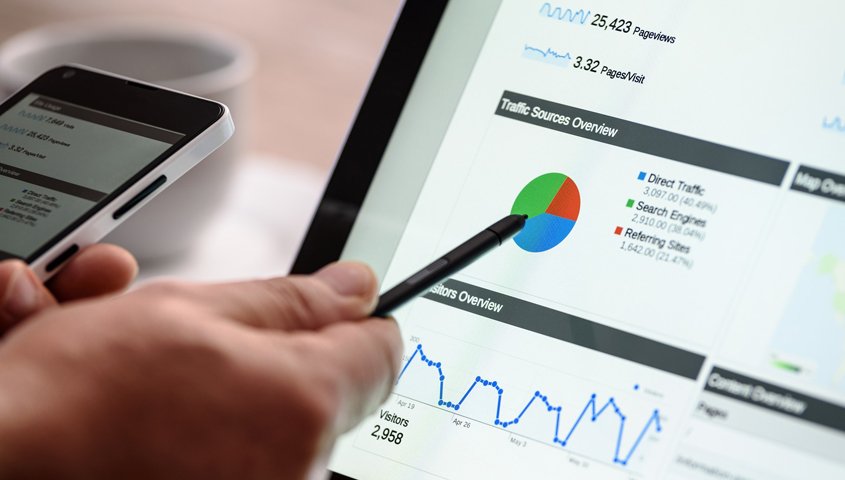Why Is Organic Traffic from Search Engines History?

Search Engines Traffic Trends
Days of free organic traffic from search engines are OVER!
Unfortunately, paid advertising is not a very good alternative either.
As you know, search engines make billions from advertising, and every piece of content (texts, images, videos) inside the search results pages is owned by others. The irony is that search engines do not like websites with unoriginal content.
Free Traffic (Organic)
Top 3 results in search take over 60% of the total traffic. Usually, the top 3 results are Sponsored Ads, making people who pay for advertising to get all that traffic.
75% to 90% of clicks go to the first page of search results, which is usually filled with results from BIG websites (eg. Wikipedia, Amazon, eBay, etc.). Small and new websites have almost 0 chance to get traffic from search engines on more general search terms.
Purchased or “unnatural” backlinks are penalized by the search engines. If you don’t have any backlinks you will never rank well, and you will never have organic traffic. Not having traffic, no one will see your site and link back to it. The only option you have to get traffic from search engines is paid advertising.
Some search engines show the answer to the user query right on the search results page, making the user stay there instead of going to the website offering the information. That leaves the website owner with no traffic and no opportunity to convert those users into customers.
Webmasters are spending a lot of time and money into creating valuable content while search engines are serving it to users with no benefit for the webmaster.
The latest invention is showing search results based on the user’s location. Local search results are harmful to businesses that are trying to extend worldwide. The whole concept of world-wide-web is to connect the whole world, to get visitors and customers from the other side of the globe to your business with one click. Local search results just ruined that, leaving you only with the option to pay for advertising. If you need traffic from other countries you need to target your campaigns based on geographic locations.
Paid Traffic
Nearly 20% of the pay-per-click clicks are fraudulent, the clicks are made by competitors hoping to increase the advertising costs of their rivals, or by the owners of websites publishing the ads, who make more money when the ads are clicked. Your ad budget is $1,000/month, $200 are “stolen” from you every month.
There is not enough transparency in pay-per-click bidding. Not seeing how much money other advertisers are bidding on keywords makes you overpay for clicks.
Reports with clicks and impressions do not have live updates, confusing the advertiser and not giving him the possibility to act promptly when something is not working as expected.
On display networks, the average conversion rate across all industries is 0.9%. The average cost per click (CPC) is $0.6. That means for every 1000 clicks, you spend $600 and have 9 sales. You spend in average $66.6 for each sale.
On search networks, the average conversion rate across all industries is 2.7%. The average cost per click (CPC) is $2.3. That means for every 1000 clicks, you spend $2,300 and have 27 sales. You spend in average $85.2 for each sale.
Conclusion
Being this said, you need to have a very expensive product to be able to cover the advertising cost, the manufacturing cost, product storage, advertising agent fees, retail networks fees, digital marketing tools you are using, and other expenses involved in the process, and still make a profit.
Posted on: July 23, 2019